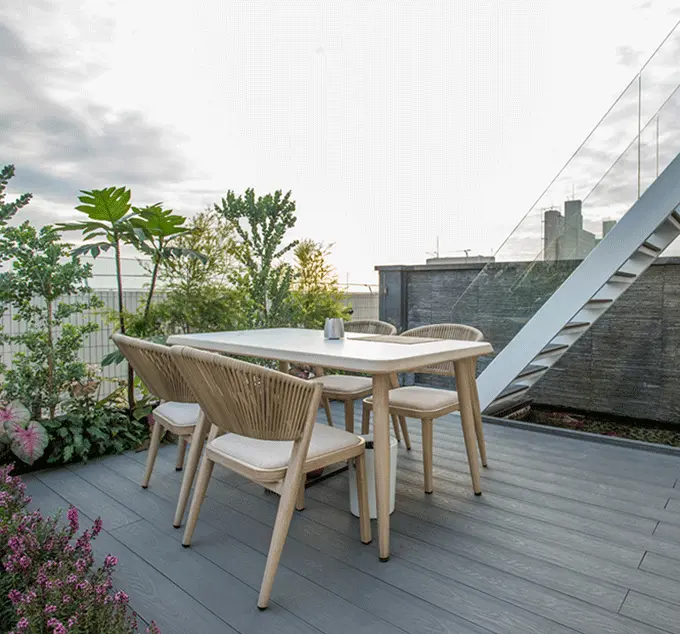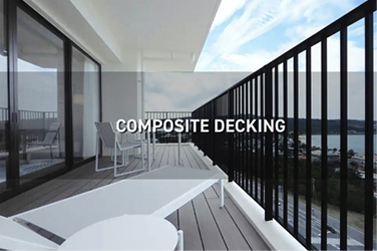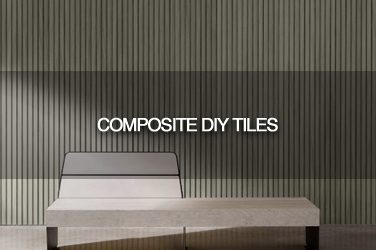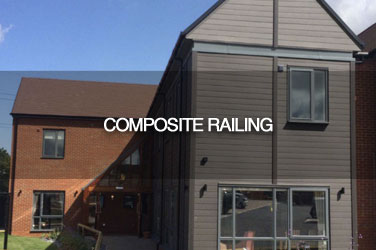What Is Cladding?
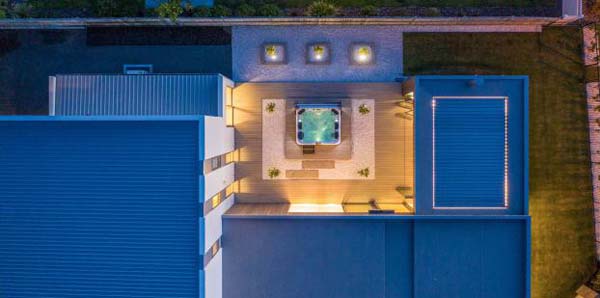
Cladding is an architectural term, referring to the process of applying a kind of building material over another, primarily used to add a layer of protection against the environment. Cladding provides a degree of thermal insulation and weather resistance and improves the aesthetic appearance of buildings at the same time. It is made of various materials, including wood, metal, brick, vinyl, and composite materials such as aluminum, wood, cement blends, recycled polystyrene, and wheat/rice straw fibers.
What Can Cladding Do?
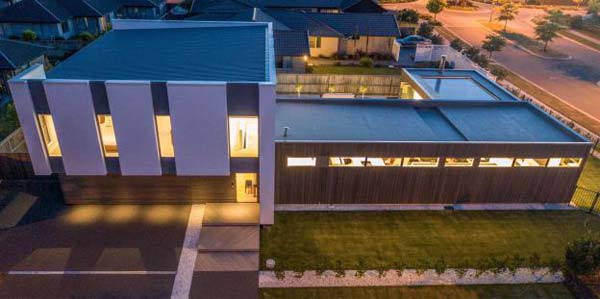
A properly installed cladding system can help a building resist crevices resulted from extreme temperature fluctuations, sunlight, strong winds, and airborne pollutants (such as molds). Cladding also protects the interior materials from moisture caused by snow and rain, and raises the fire rating of a building. It is often used to control noise and make the exterior look of a building more attractive.
Advantages of Composite Wall Cladding
Composite wall cladding is a structural material that reinforces a building, which is usually made from wood fibers and plastics. Here are the advantages of composite wall cladding.
Durability
Composite wall cladding is durable since it is mainly made from wood fiber and plastic. The raw material composition makes the composite wall cladding solid and hard to get damaged. So it provides a longer service life than the wood cladding.
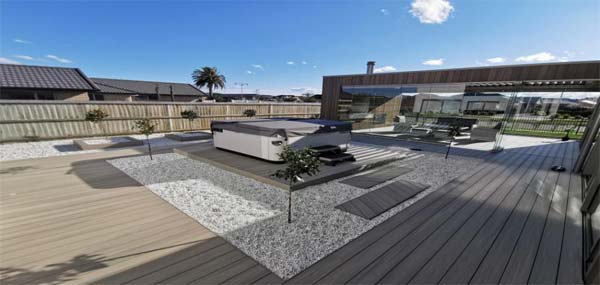
Low Maintenance
Composite wall cladding requires low maintenance and only needs simple cleaning if it gets dirty. Moreover, there is no need to sand, seal, stain, or paint the composite wall cladding to make it last longer, helping you reduce spends on maintenance.
Aesthetic Value
Composite wall cladding provides higher aesthetic values than other cladding materials. There are many color options, and most house owners prefer the wood grain finish. What further raises the aesthetic value of composite wall cladding is that its color will not fade easily. It will only lose a little bit of color after a long-term installation.
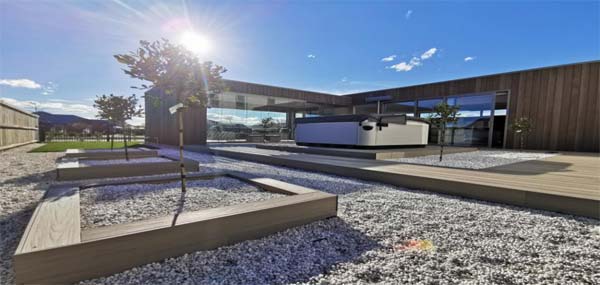
Insect-Resistant & Weather Factors
Another advantage of composite wall cladding is its resistance to insects. It implies that termites cannot attack your cladding. In addition, rainfall or temperature variations will not destroy the composite wall cladding either.
Wallong WPC Cladding Decking
Wallong provides durable, beautiful, and easily installed custom cladding systems. Wallong WPC cladding decking is affordable and eco-friendly enough to fit all customer tastes and budgets. There are two Wallong WPC cladding decking types to choose from, and you can always find the dream one.
Superior Co-Extrusion Cladding
Wallong Superior Co-Extrusion Cladding is ideal for any commercial, residential, new or renovated cladding projects. Compared to traditional WPC wall cladding decking, it is made of quality plastic and wood fiber to become more durable for resisting severe weather conditions. Moreover, the cladding is wrapped with HDPE, making it UV stable, water-resistant, and simple to maintain. Following a direct extrusion and forming process, the finish is more natural and long-lasting. And you don't need to worry about stains, fades, mold, or mildew problems.

Conventional Cladding
Wallong Conventional Cladding is a cost-effective option and still works to make your building look refreshed completely. Combined with 30% HDPE, 60% wood fiber, and 10% additive, the cladding is strong and crack and insect-resistant, as well as UV-resistant and anti-slip. More than that, the cladding's color can last for a long run without time-consuming maintenance.

Can Composite Decking Be Used as Cladding?
Have you ever considered using composite decking as cladding? Or wondered, is it possible? Actually, many house owners have thought about this idea, but the application is not advisable. Composite decking will not provide complete protection against moisture as cladding does. If the composite decking warps or fades, the producer is not liable. Moreover, composite decking will not interlock like cladding since it doesn’t have interlocking. So if you want a durable wall covering, you have to use the right cladding materials.


